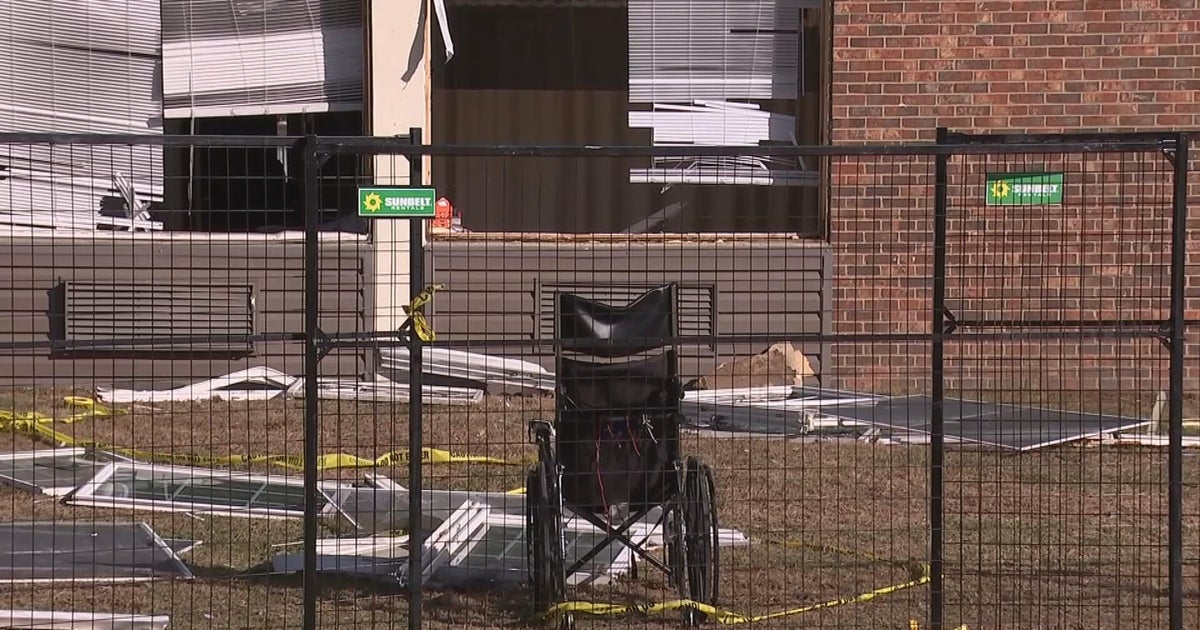NASA Ames Scientist Optimistic That Rover Will Find Martian Life, 'Second Genesis'
MOFFETT FIELD (CBS 5 / KCBS) -- Now that the robotic explorer Curiosity has blazed through the pink skies of Mars, steering itself to a gentle landing inside a giant crater for the most ambitious dig yet into the planet's history, exicted scientists from the NASA Ames research facility at Moffett Field are optimistic about finding Martians or other life forms on the red planet.
"My particular interest in the search for life on Mars is the possibility that we will find, there, a different type of life than we have here on earth. What I call a second genesis," explained an optimistic Chris McKay, a prominent Mars scientist and mission participant.
A chorus of cheers and applause from a crowd of 5,000 echoed through the NASA Ames facility on Sunday night after the most high-tech interplanetary rover ever built sent a signal to Earth. It had survived a harrowing plunge through the thin Mars atmosphere.
"This mission lands successfully, a big sigh of relief, and years of exploration on Mars," exclaimed McKay, who said studying life on Mars will help us better understand life on Earth -- and see what Earthlings and Martians, so to speak, do similarly or differently.
"We know that Mars had water, we know that Mars had habitat needed for life. We now should be on the track for the stuff that life is made out of, and that's organics," McKay indicated. "Because if we can find that, we can start beginning to compare life forms. And by making that comparison we might learn more about life than we'll ever learn by just studying the way it's done here on Earth."
KCBS' Matt Bigler Reports:
Sunday night's extraterrestrial feat injected a much-needed boost to NASA, which is debating whether it can afford another Mars landing this decade. At a budget-busting $2.5 billion, Curiosity is the priciest gamble yet, which McKay and other scientists hope will pay off with a bonanza of discoveries.
Photo Gallery: Images From The Curiosity Mission
This was NASA's seventh landing on Earth's neighbor; many other attempts by the U.S. and other countries to zip past, circle or set down on Mars have gone awry. This latest voyage to Mars took more than eight months and spanned 352 million miles before the landing sucessfully and beginning to transmit images.
For more information about viewing the live moments in space visit http://www.nasa.gov/mission_pages/msl
(Copyright 2012 by CBS San Francisco. All Rights Reserved. This material may not be published, broadcast, rewritten, or redistributed)







